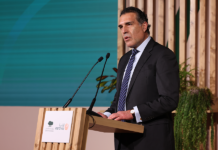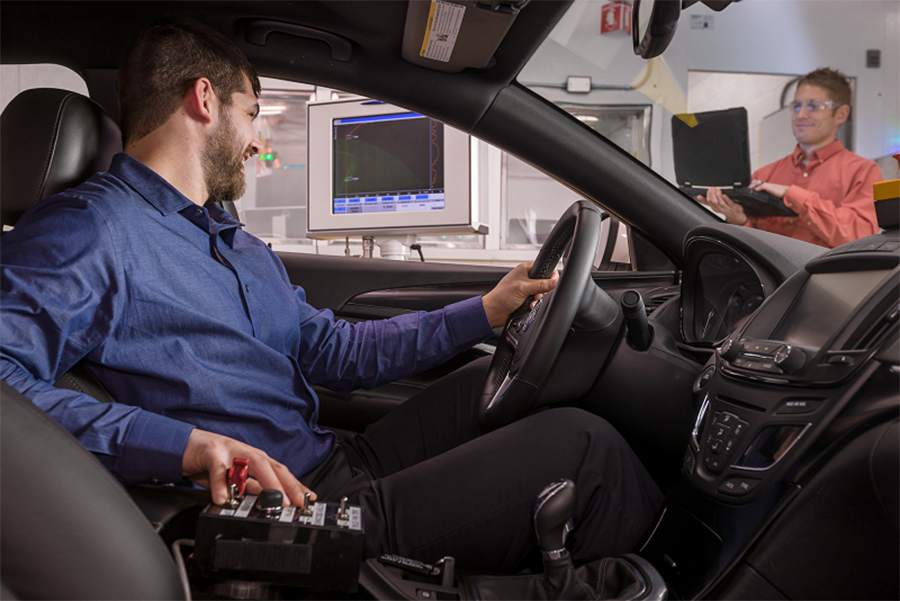
The road transport sector is one of the world’s major producers of greenhouse gases, with road transport energy demand projected to increase by 40% by the year 2040. Although electric vehicles are beginning to make inroads into the passenger car market in developed markets, for the foreseeable future the Internal Combustion Engine (ICE) will continue to dominate road transport in developing countries and in the global truck sector.
In this context, the world is only going to be able to control emissions from road transport by designing cleaner and more efficient fuels and ICEs, and by developing new technologies to treat the residual CO2 they produce.
As the world’s largest energy company, Saudi Aramco is spearheading this global effort. Amer Ahmad Amer, chief technologist of the transport division at Saudi Aramco’s R&D centre, talks to Buzz about new technologies for carbon capture and storage in trucks and discusses the company’s research into the fuels and engines of the future.
Buzz speaks with Amer Ahmad Amer, Ph.D., Transport Chief Technologist, Research & Development Center, Saudi Aramco.
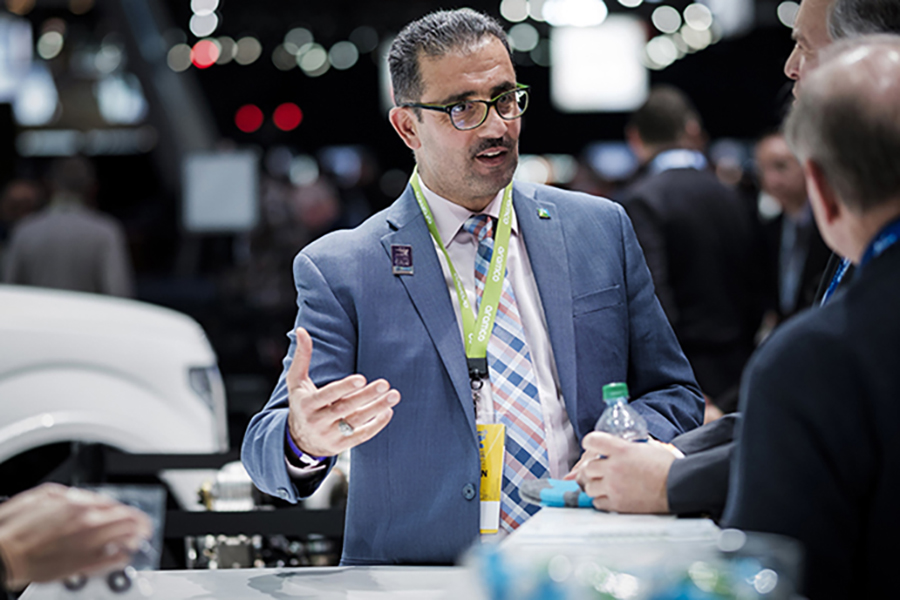
How can new technology help reduce CO2 emissions from road vehicles?
With our solutions we can capture the CO2 emissions that come out of vehicles in a way that allows us to dispose of the gas or even use it later on for other purposes.
At Saudi Aramco, we have gone from a proof-of-concept for mobile carbon capture to integrating it into a production vehicle. A wide range of gases come out of an engine and have to be able to separate CO2 from the rest and then route it through a separate channel to be compressed and stored on the car.
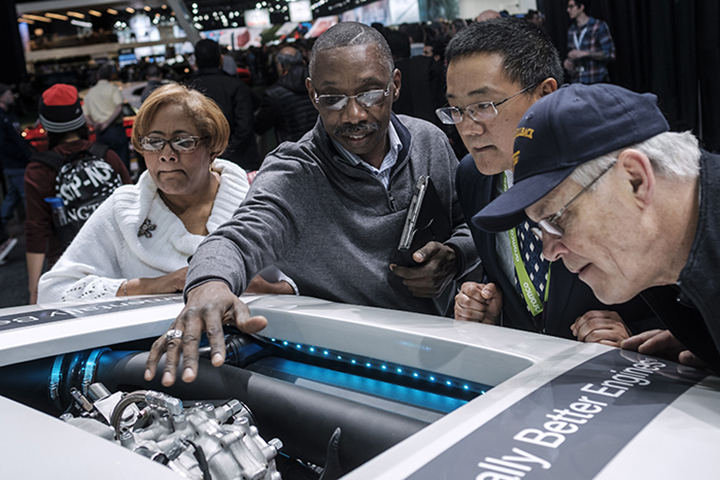
At first, we demonstrated about 10% CO2 capture. That means that we were able to capture and store 10% of the CO2 that comes out of the exhaust pipe. We did that on a Ford vehicle, an F-250, which is a large truck. We then realised that we had an opportunity to miniaturise the system to further improve the efficiency of CO2 capture. These efforts brought us up to 25% Co2 on-board capture through a downsized system that was one-eighth the original size. The system was installed on a midsize Toyota Camry passenger vehicle.
So the concept is viable and is already catching the attention of a lot of organizations. We will demonstrate the latest iteration of the technology on a Volvo Class 8 truck this year. We hope to capture up to 40% of the CO2 from the engine.

What are the main technical challenges?
The main challenges include optimizing the CO2 capture and regeneration and exhaust heat recovery systems while minimizing the overall system size. There are also some technical issues associated with integrating the technology on board the vehicle and getting all the systems to talk to each other.
“The challenge for automakers is to provide sustainable mobility solutions – efficient, affordable and low-emitting vehicles.”
Amer Ahmad Amer, Ph.D., Transport Chief Technologist, Research & Development Center, Saudi Aramco.
What can you do to reduce the cost of this technology?
We have looked at a lot of different solvents that will separate the CO2. This is an area where you have to make sure that you have a very good trade-off between how much you want to capture versus the overall cost and complexity. Theoretically you can go up to 60% of CO2 capture, but we elected to stop at 40% since increasing CO2 capture beyond that point would mean significant increases in cost and complexity.
How much interest are you seeing in your work from carmakers?
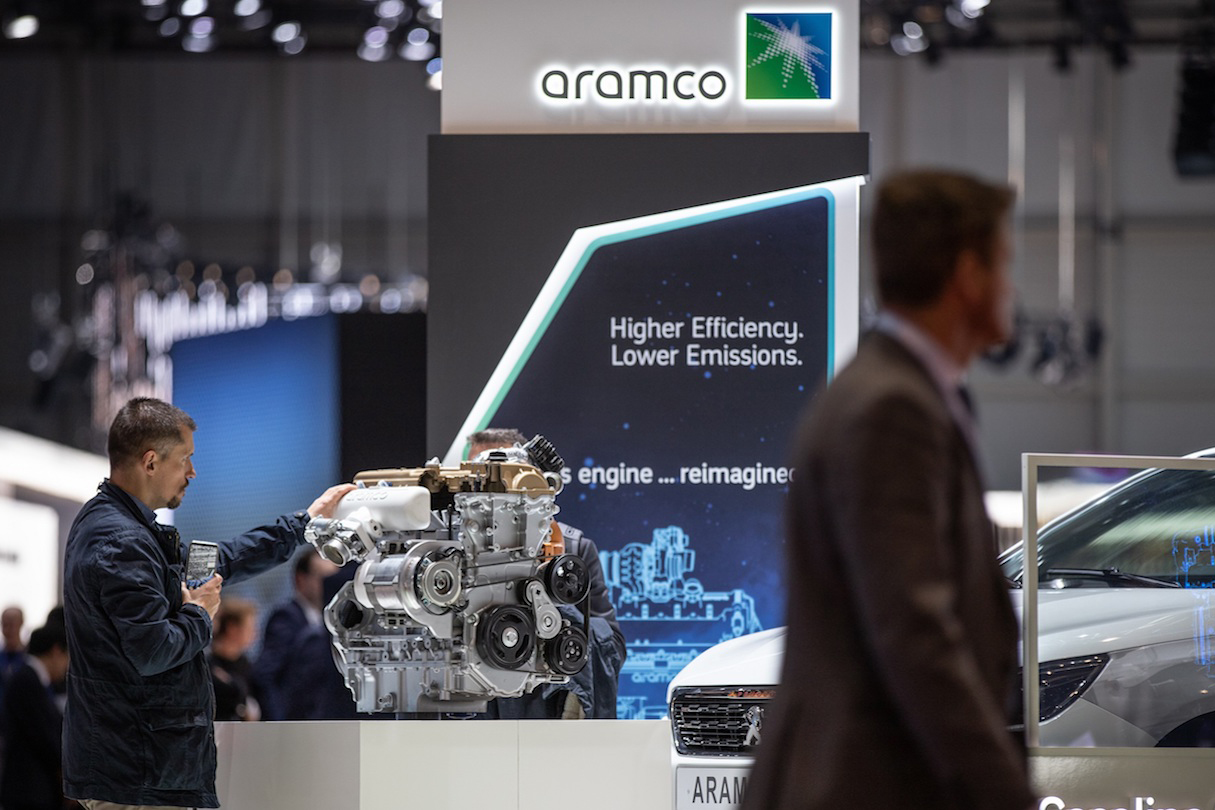
Fuel efficiency and emissions are a major global concern and more stringent regulations on fuel efficiency and emissions are now driving innovations in engine technologies.
The challenge for automakers is to provide sustainable mobility solutions – efficient, affordable and low-emitting vehicles.
We and many automakers believe that the Internal Combustion Engine still has abundant potential for improvement.
We started forging collaborative relations with automakers around 10 years ago. We now have a wide collaborative network with a significant number of automakers, technology providers and research institutes globally. Our intent is to catalyse their technology development and identify opportunities where fuel could further enable their innovations. The auto industry sees us not as a competitor but as a partner.
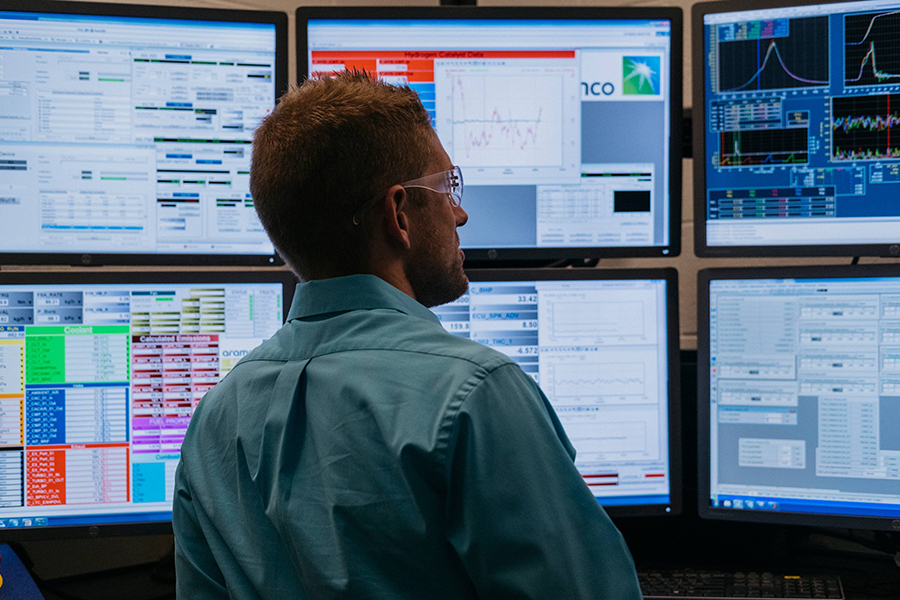
How are simulation and machine learning supporting your research into fuels and engines?
Given the complex nature of commercial fuels – they have thousands of components – and the number of engine architectures and combustion modes out there, the question becomes: How do we make sure that we have the optimal fuel/combustion recipe? Obviously, there is an infinite number of combinations or feasible solutions.
Through the work that we carry out with our colleagues at the Clean Combustion Research Center at KAUST [the King Abdullah University of Science and Technology], we hope to realize a simulation-based environment for designing the fuels and engines of the future.
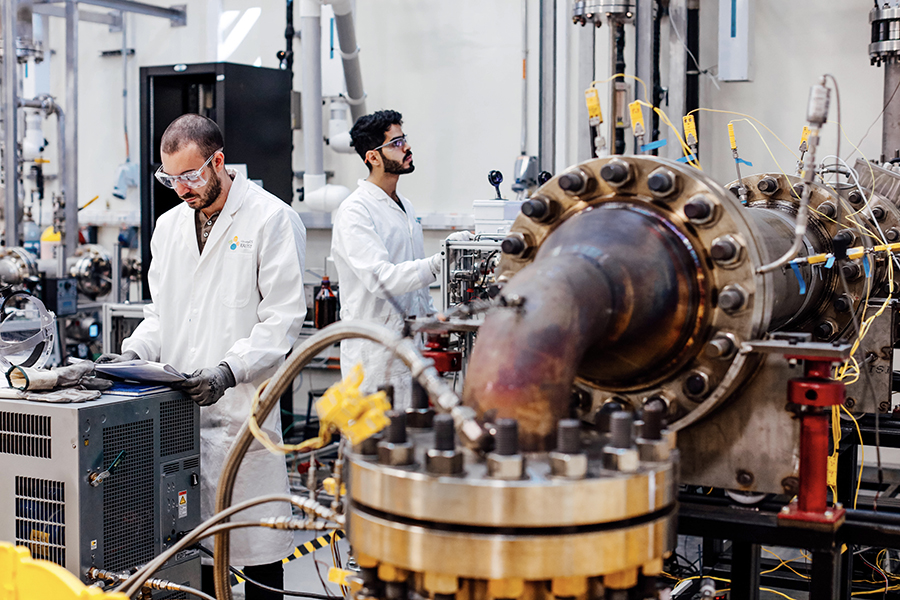
As we generate extensive experimental data with our KAUST colleagues, aimed at screening and ranking fuel components and surrogates under different combustion modes, we are also developing simulation tools that will be used to create a set of high potential test fuels.
We then apply machine learning techniques to help us investigate a wide range of possibilities. This approach will result in improved efficiencies and reduced emissions while screening thousands of combinations in a cost and time effective manner.
What are your research priorities for the future?
We are looking into opportunities where fuel can complement and further enable innovations in internal combustion engines.
We have always talked about how we can leverage fuels to enable internal combustion engines and we have carried out a lot of work on the interface between the fuels and the engine.
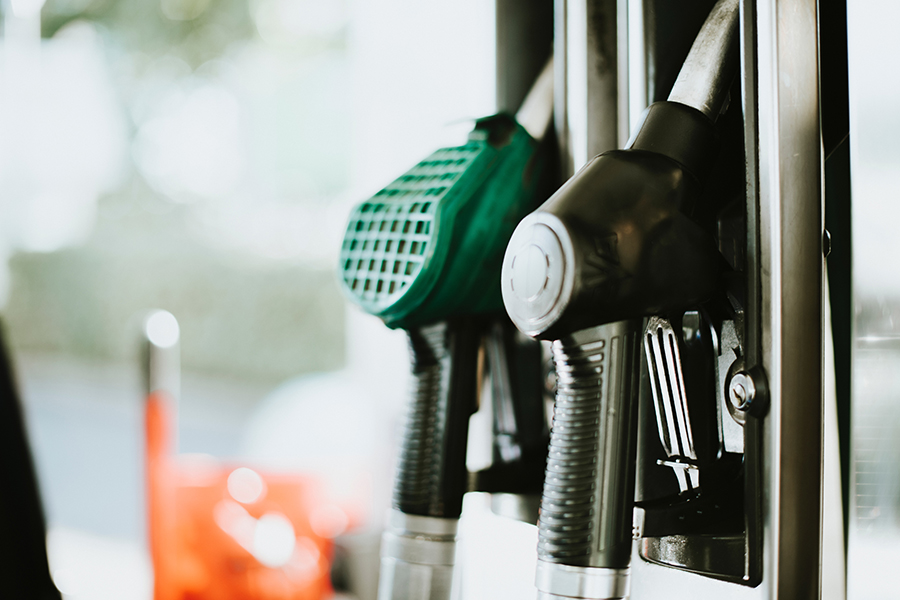
We are now looking into opportunities in refineries of the future, how new fuels can be introduced to the market and how they can deliver the efficiency and low emissions that the world requires.
We started our work with combustion modes and fuels relevant to the road transport sector (i.e. passenger and commercial vehicles). We will soon initiate projects that will address similar challenges for the marine and shipping sectors![]()




















